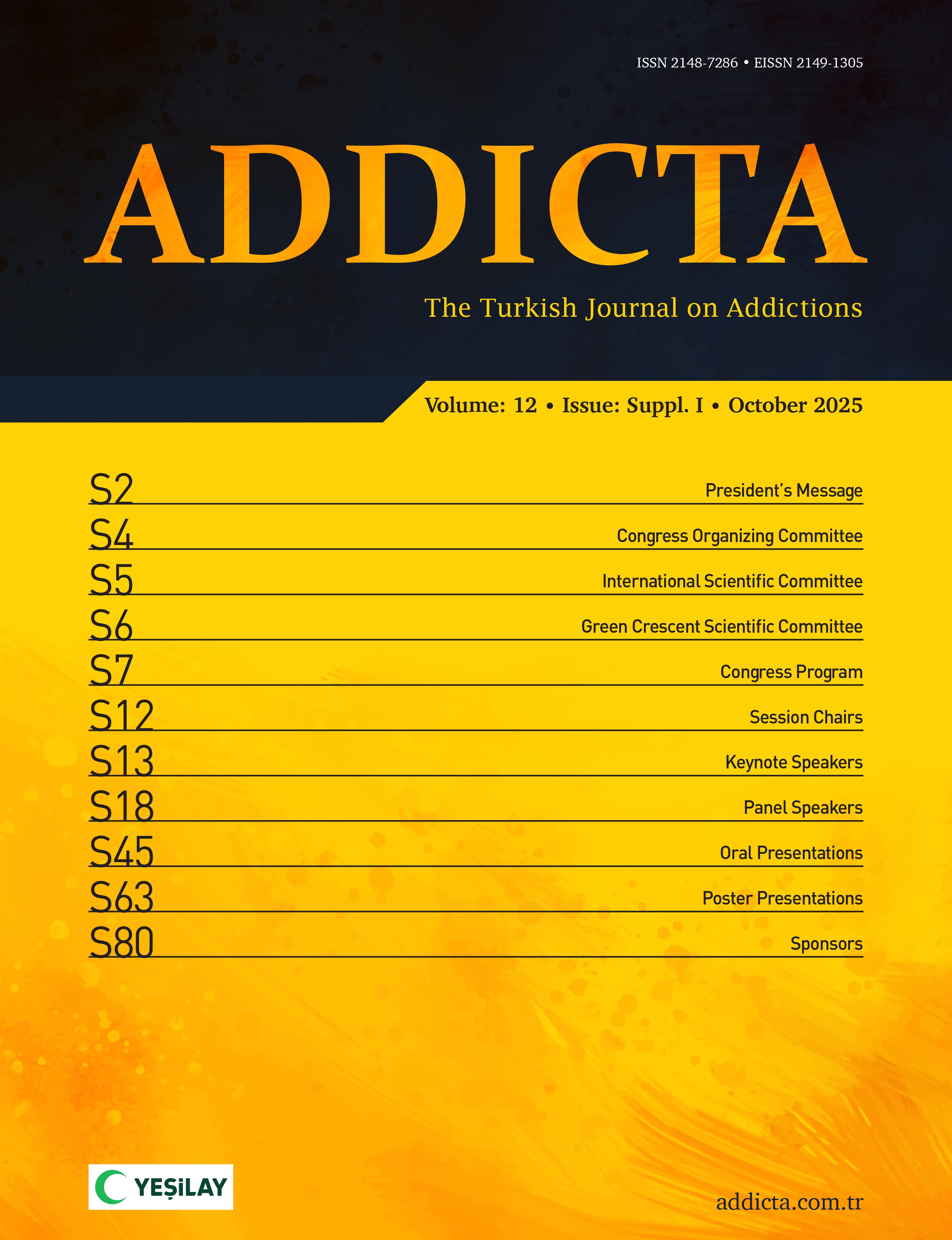This study examines the cartoons preschool children view the most and the cartoon characters these children want and don’t want to be, as well as the possible digital dangers these children could be exposed to during the identification process. The fırst part of the study is done with 182 children between 4-6 years old studying in various kindergartens and preschools in Bursa province. For the second part of the study, qualitative analysis has been conducted with 20 children selected using typical case sampling. This study uses the hybrid model, which consists of qualitative and quantitative methods. Data for the quantitative part of the study has been obtained through the Survey for Children about Cartoons which created by authors and for the qualitative part of the study through semi-structured interview questions. The validity and reliability studies of the survey were conducted. The opinions of the academicians who are experts in the fields of pre-school and psychological counseling have been consulted for content validity of the survey. The cartoon characters which children choose role models and the reasons why they choose these characters have been examined according to the gender variable. According to the findings, 53% of children watch cartoons such as Pepee, Rafadan Tayfa, Harika Kanatlar, Niloya, Karlar Ülkesi. While girls want to be characters such as Elsa and Bloom, boys want to be characters such as Jett and Spiderman. The qualitative findings show that children mostly consider themes such as physical appearance, supernatural abilities, gender, and the positive and the negative emotional states related to the character while selecting one.
To cite this article: Akça, F., & Koç Çilekçiler, N. (2019). The cartoon characters with the greatest influence on preschool children and the digital dangers they can be exposed to while identifying with these characters. Addicta: The Turkish Journal on Addictions, 6, 403−433. http://dx.doi.org/10.15805/addicta.2019.6.2.0053

.png)

.png)
.png)
